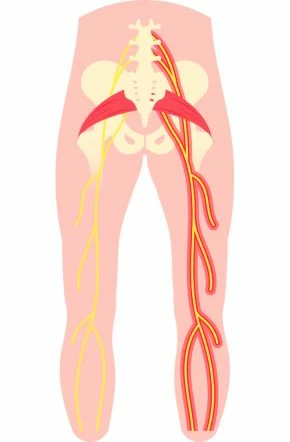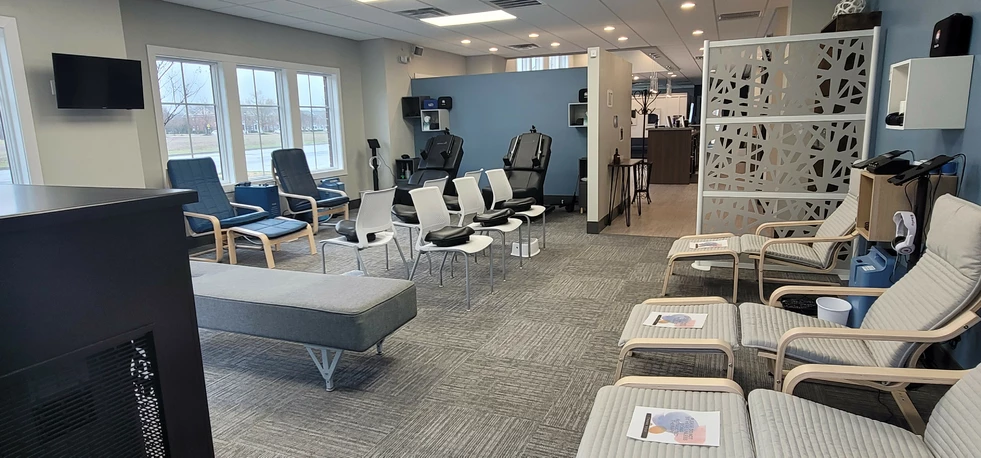What Is Sciatica?
Sciatica is a prevalent neurological condition primarily due to the irritation or compression of the sciatic nerve or its root branches. The sciatic nerve, originating from the lumbosacral plexus formed by the L4 to S3 nerve roots, is the longest and thickest in the body. This nerve travels from the pelvis, through the buttock, and down the back of the leg, branching out to innervate various muscles and skin areas. The lumbar spine, comprising vertebrae labeled L1-L5 and intervertebral discs, facilitates movement and flexibility. The nerve roots, including those that give rise to the sciatic nerve, exit the spine between these vertebrae.
Several factors can cause Sciatica.
A herniated disc, where the soft inner content of a disc protrudes out, can press against and irritate adjacent nerve roots. Lumbar spinal stenosis, a condition more common in older adults, involves the narrowing of the spinal canal, which can compress the nerve roots. Sometimes, the sciatic nerve's path beneath the piriformis muscle in the buttock becomes a point of contention; if this muscle spasms or tightens, it can compress the nerve and give rise to what's known as piriformis syndrome. Another potential cause is spondylolisthesis, a misalignment in which one vertebra slips over the one beneath it, potentially compressing the nerve root's exit point.

Chiropractic care, rooted in the belief that the body's proper musculoskeletal alignment, especially the spine, can trigger self-healing mechanisms, offers a non-invasive approach to treating a range of conditions, including sciatica. When we speak of sciatica, we're referring to the pain that radiates along the path of the sciatic nerve due to its compression or irritation. Chiropractors, with their specialized techniques, aim to alleviate this pain by addressing its underlying causes.


Beyond structural realignments, chiropractic care offers benefits in enhancing mobility. Lumbar stiffness can aggravate sciatic symptoms, but through regular adjustments, chiropractors promote improved spinal motion. This increased flexibility often alleviates some of the irritations leading to sciatica. Moreover, muscle tension, especially in muscles like the piriformis, can directly or indirectly pressure the sciatic nerve. Chiropractic techniques, in conjunction with practices like massage, can substantially reduce this muscle tension.